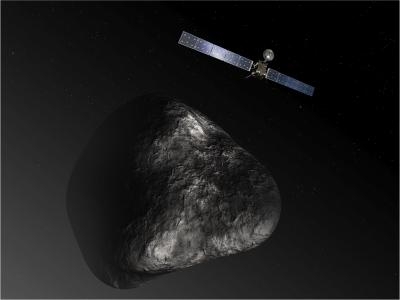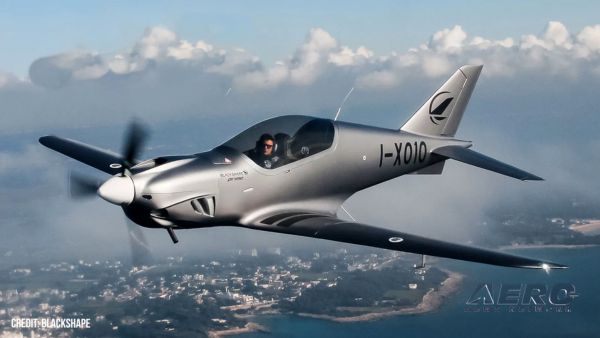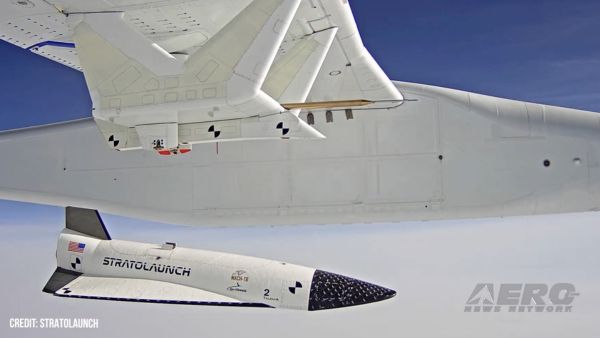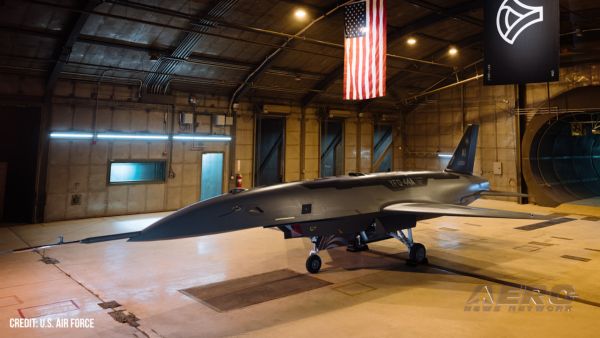Three Devices Will Contribute To The Spacecraft's Science Mission
Three NASA science instruments are being prepared for check-out operations aboard the ESA's Rosetta spacecraft, which is set to become the first to orbit a comet and land a probe on its nucleus in November. Rosetta was reactivated Jan. 20 after a record 957 days in hibernation. U.S. mission managers are scheduled to activate their instruments on the spacecraft in early March and begin science operations with them in August. The instruments are an ultraviolet imaging spectrograph, a microwave thermometer and a plasma analyzer.

"U.S. scientists are delighted the Rosetta mission gives us a chance to examine a comet in a way we've never seen one before -- in orbit around it and as it kicks up in activity," said Claudia Alexander, Rosetta's U.S. project scientist at NASA's Jet Propulsion Laboratory (JPL) in Pasadena, Calif. "The NASA suite of instruments will provide puzzle pieces the Rosetta science team as a whole will put together with the other pieces to paint a portrait of how a comet works and what it's made of."
Rosetta’s objective is to observe the comet 67P/Churyumov-Gerasimenko up close. By examining the full composition of the comet's nucleus, and the ways in which a comet changes, Rosetta will help scientists learn more about the origin and evolution of our solar system and the role comets may have played in seeding Earth with water, and perhaps even life.
The ultraviolet imaging spectrograph, called Alice, will analyze gases in the tail of the comet, as well as the coma, the fuzzy envelope around the nucleus of the comet. The coma develops as a comet approaches the sun. Alice also will measure the rate at which the comet produces water, carbon monoxide and carbon dioxide. These measurements will provide valuable information about the surface composition of the nucleus. The instrument also will measure the amount of argon present, an important clue about the temperature of the solar system at the time the comet's nucleus originally formed more than 4.6 billion years ago.
The Microwave Instrument for Rosetta Orbiter will identify chemicals on or near the comet's surface and measure the temperature of the chemicals and the dust and ice jetting out from the comet. The instrument also will see the gaseous activity in the tail through coma.
The Ion and Electron Sensor is part of a suite of five instruments to analyze the plasma environment of the comet, particularly the coma. The instrument will measure the charged particles in the sun’s outer atmosphere, or solar wind, as they interact with the gas flowing out from the comet while Rosetta is drawing nearer to the comet's nucleus.
NASA also provided part of the electronics package the Double Focusing Mass Spectrometer, which is part of the Swiss-built Rosetta Orbiter Spectrometer for Ion and Neutral Analysis (ROSINA) instrument. ROSINA will be the first instrument with sufficient resolution to separate two molecules with approximately the same mass: molecular nitrogen and carbon monoxide. Clear identification of nitrogen will help scientists understand conditions at the time the solar system was born.
Rosetta, composed of an orbiter and lander, is flying beyond the main asteroid belt. Its lander will obtain the first images taken from the surface of a comet, and it will provide the first analysis of a comet's composition by drilling into the surface. Rosetta also will be the first spacecraft to witness, at close proximity, how a comet changes as it is subjected to the increasing intensity of the sun’s radiation.
(Image: Artist’s impression of the Rosetta orbiter at comet 67P/Churyumov–Gerasimenko. Not to scale)
 ANN's Daily Aero-Linx (05.06.25)
ANN's Daily Aero-Linx (05.06.25) ANN's Daily Aero-Term (05.06.25): Ultrahigh Frequency (UHF)
ANN's Daily Aero-Term (05.06.25): Ultrahigh Frequency (UHF) ANN FAQ: Q&A 101
ANN FAQ: Q&A 101 Classic Aero-TV: Virtual Reality Painting--PPG Leverages Technology for Training
Classic Aero-TV: Virtual Reality Painting--PPG Leverages Technology for Training Airborne 05.02.25: Joby Crewed Milestone, Diamond Club, Canadian Pilot Insurance
Airborne 05.02.25: Joby Crewed Milestone, Diamond Club, Canadian Pilot Insurance



